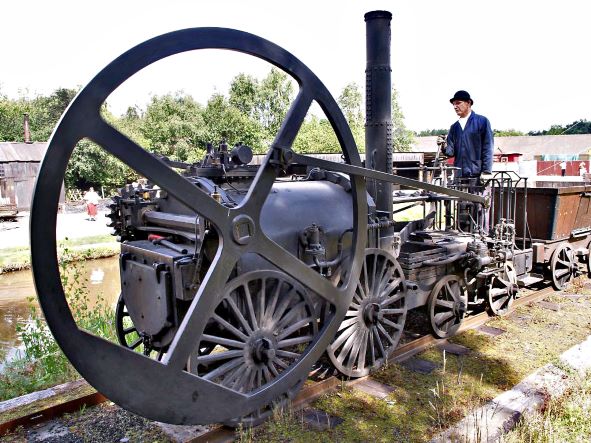
The flywheel image captures the overall feel of what it was like inside the companies as they went from good to great. No matter how dramatic the end result, the good-to-great transformations never happen in one fell swoop. There was no single defining action, no grand program, no one killer innovation, no solitary lucky break, no wrenching revolution. Good to great comes about by a cumulative process - step by step, action by action, decision by decision, turn by turn of the flywheel - that adds up to sustained and spectacular results.
Not just a luxury of circumstance
The good-to-great companies were subject to the same short-term pressures from Wall Street as the comparison companies. Yet, unlike the comparison companies, they had the patience and discipline to follow the buildup-breakthrough flywheel model despite these pressures. And in the end, they attained extraordinary results by Wall Street's own measure of success. The flywheel is the key to managing Wall Street's pressures.
The flywheel effect

The good-to-great companies understood a simple truth: Tremendous power exists in the fact of continued improvement and the delivery of results. Point to tangible accomplishments - however incremental at first and show how these steps fit into the context of an overall concept that will work. When you do this in such a way that people see and feel the buildup of momentum, they will line up with enthusiasm. This is the flywheel effect, and it applies not only to outside investors but also to internal constituent groups.
The good-to-great companies did get incredible commitment and alignment - they artfully managed change - but they never really spent much time thinking about it. It was utterly transparent to them. We learned that under the right conditions, the problems of commitment, alignment, motivation, and change just melt away. They largely take care of themselves.
When you let the flywheel do the talking, you don't need to fervently communicate your goals. People can just extrapolate from the momentum of the flywheel for themselves: "Hey if we just keep doing this, look at where we can go!" As people decide among themselves to turn the fact of potential into the fact of results, the goal almost sets itself.
Stop and think about it for a minute. What do the right people want more than almost anything else? They want to be part of a winning team. They want to contribute to producing visible, tangible results. They want to feel the excitement of being involved in something that just flat-out works. When the right people see a simple plan born of confronting the brutal facts - a plan developed from understanding, not bravado - they are likely to say, "That'll work. Count me in." When they see the monolithic unity of the executive team behind the simple plan and the selfless, dedicated qualities of Level 5 leadership, they'll drop their cynicism. When people begin to feel the magic of momentum - when they begin to see tangible results, when they can feel the flywheel beginning to build speed - that's when the bulk of people line up to throw their shoulders against the wheel and push.
The doom loop

There is a very different pattern at the comparison companies. They frequently launched new programs, often with great fanfare and hoopla aimed at "motivating the troops" - only to see the programs fail to produce sustained results. They sought the single defining action, the grand program, the one killer innovation, the miracle moment that would allow them to skip the arduous buildup stage and jump right to breakthrough. They would push the flywheel in one direction, then stop, change course, and throw it in a new direction - and then they would stop, change course, and throw it into yet another direction. After years of lurching back and forth, the comparison companies failed to build sustained momentum and fell instead into what we call the doom loop.
The misguided use of acquisitions
Why did the good-to-great companies have a substantially higher success rate with acquisitions, especially major acquisitions? The key to their success was that their big acquisitions generally took place after the development of the Hedgehog Concept and after the flywheel had built significant momentum. They used acquisitions as an accelerator of flywheel momentum, not a creator of it.
The flywheel as a wraparound idea
When we look over the good-to-great transformations, the one word that keeps coming is consistency. Another word is coherence. The idea is: Each piece of the system reinforces the other parts of the system to form an integrated whole that is much more powerful than the sum of the parts. It is only through consistency over time, through multiple generations, that you get maximum results.
If you diligently and successfully apply each concept in the framework in this book, and you continue to push in a consistent direction on the flywheel, accumulating momentum step by step and turn by turn, you will eventually reach a breakthrough. It might not happen today, tomorrow, or next week. It might not even happen next year. But it will happen.
And when it does, you will face an entirely new set of challenges: how to accelerate momentum in response to ever-rising expectations, and how to ensure that the flywheel continues to turn along into the future. In short, your challenge will no longer be how to go from good to great, but how to go from great to enduring great.